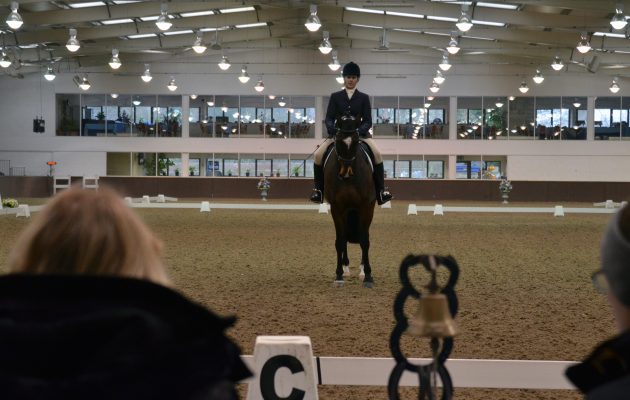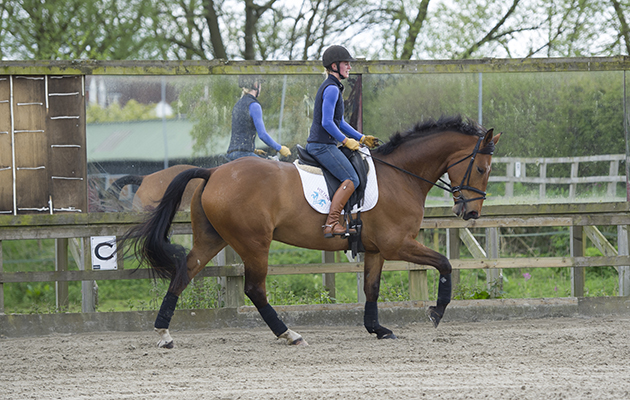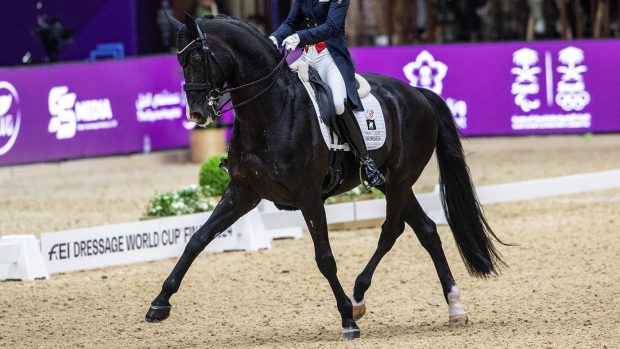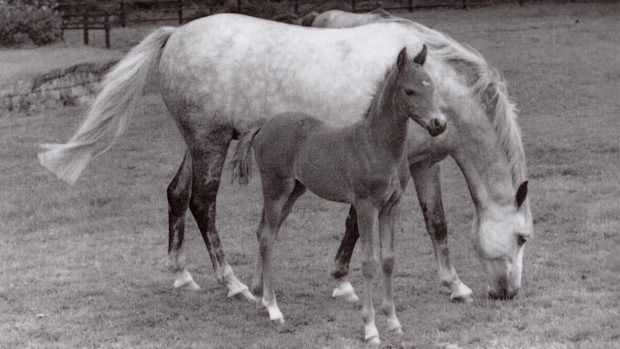Mary Wanless, an internationally renowned dressage coach and rider biomechanics specialist, shares some useful advice on how correct biomechanics can positively affect performance.
1. The way in which you position your limbs, how stable you are and how you are able to influence your horse is done through the biomechanics of your body. The more strong and stable, yet supple you are in your body, (i.e where the rider has good biomechanics), the more they can positively influence their horse.
2. As you are sitting on your horse, your shoulder, hip and heel should all align. Think about whether you would land on your feet, in balance if your horse was taken from underneath you.
3. Your thigh bone should be 45 degrees to the vertical for optimum effectiveness.
4. Most riders fall into one of two categories — they are either hollow or round backed. Riders should be neutral and vertical in their back positions, where the distance from seat to neck is the same amount on both the front and rear of a rider’s upper body.
5. It is also common for riders to either fall into the up or down category in their seat. “Up” riders tend to ride like the saddle is very hot, and will sit very tall, whereas “down” riders plonk in the saddle with a heavier seat. Riders with good biomechanics will fit in-between these two categories.
6. Riders need to have the same amount of weight through both seatbones.
7. The “up” movement of a rider in rising trot should match the forward thrust of their horse.
8. There should be no movement from the knee down in the rider’s leg in rising trot. Equally, riders shouldn’t hollow their backs at the top of the rise.
9. The contact area between horse and rider should be the equivalent of the area of a full-seated pair of breeches. The rider’s weight should be distributed over the horse’s ribcage
10. Good rider biomechanics isn’t necessarily about how relaxed they are, but is more about good use of their muscles and strength (which isn’t always that relaxing!) to stabilise themselves on the horse.
11. To ride effectively, riders need to engage their core muscles — think about sucking your tummy in to make a wall and then push your core out against that wall.
12. Riders need to be equally well “stuffed” with strength through their bodies.
13. There should be more weight through your thigh than in your foot.
You may also be interested in…

5 places most riders lose marks in the dressage arena (and how to win them back)

Subscribe to Horse & Hound this spring for great savings
Horse & Hound magazine, out every Thursday, is packed with all the latest news and reports, as well as interviews, specials, nostalgia, vet and training advice. Find how you can enjoy the magazine delivered to your door every week, plus options to upgrade your subscription to access our online service that brings you breaking news and reports as well as other benefits.





